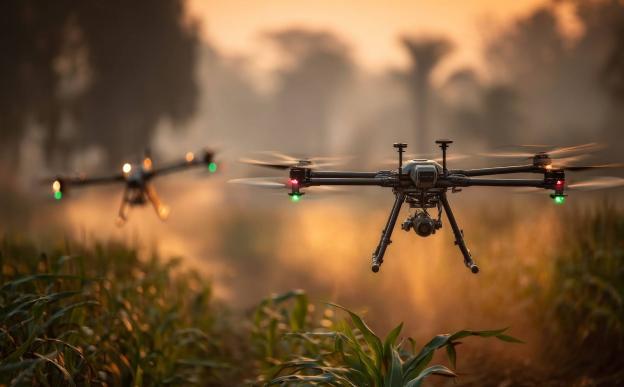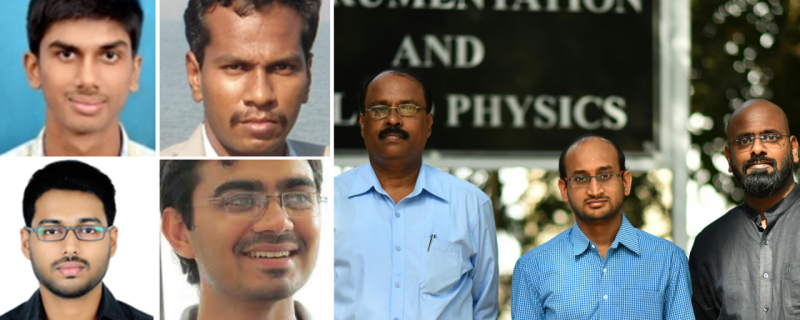A new species of arboreal crab - Kani maranjandu, has been discovered in the Western Ghats in Kerala. Sightings of the crab were first reported to a team of researchers surveying the region, by the local Kani tribe of Kerala, after whom the new species was named. They reported having seen a long legged species of crab that could climb trees.
Novel scheme by IIT Bombay researchers to control drones can enable complex formation flying using only camera data, without GPS or inter-drone communication.
ಮುಂಬಯಿ /



